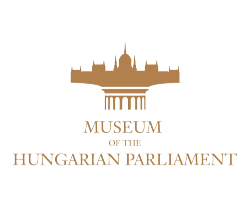The old Museum of the Hungarian Parliament
The old Museum of the Hungarian Parliament
The Museum of the Hungarian Parliament was established in 1923 to preserve the history of Hungarian “parliamentarism and its one thousand years of constitutional system”. The high-standard, continually innovative work of the museum staff greatly contributed to the institution’s popularity along with the substantial political and financial support rendered to the museum as well as the building’s central location. After World War II the communist regime liquidated the collection and closed down the museum.
The founding of the museum
Following World War I the Bethlen government decided that despite the huge budget deficit it would allow a new museum to be founded. The first step in facilitating this was a vote in the national assembly in 1922 on the initiative of Béla Scitovszky, the speaker of the house, to grant 100 thousand Crowns for the establishment of the Parliament Museum, for which the artefacts exhibited in the Hungarian National Museum’s Ferenc Deák room serve as the basis.
The museum’s opening ceremony
As a result of the dire economic situation and financial constraints after the war, the setting up of the (old) Museum of the Hungarian Parliament, the building of its collection and its opening was an extraordinarily protracted process: the museum was only officially opened to the public on 24 January 1929 in seven halls in the north wing of the Parliament Building. At the time the collection consisted of pamphlets, posters, artworks, photographs and objects of everyday use. After the expansion of the museum in 1933 it had seventeen halls and its collection was significantly rearranged.
The museum collection was continually augmented through donations, the bequeathed estates of famous politicians and statesmen, and by regular purchases. Five years later, in 1938, the museum already had 24 halls; thus, the sculptures of Albert Apponyi and Kunó Klebelsberg were allocated separate rooms. The permanent exhibition of the time was conceived in the spirit of the Horthy era both in regard to its layout and themes. As expressed by Tibor Zsitvay, the task of the new museum was to present Hungarian constitutional development through positive examples and thus prove that the nation had not preserved its integrity even after the territorial disannexation
A real success story
The museum enjoyed its greatest period of success from the mid-1930s, being ranked third behind the National Museum and the Museum of Fine Arts based on visitor numbers and popularity. Besides its successful temporary exhibitions this can be attributed to the fact that from 1931 there was no entrance fee; moreover, lectures could be organised in its halls for free and guided tours were also available free of charge.
The extraordinary popularity of the institution’s temporary exhibitions contributed to the huge success:
- 100 Years of Hungarian Political Caricaures
- 20 Years of Political History 1914-1934
- Lajos Kossuth Memorial Exhibition
- Rákóczi Memorial Exhibition
- Exhibition of Constitutional History
- The History of Electoral Rights
- 10 Years of Political History
- National Assemblies at the Turn of the 18th and 19th Centuries
- István Széchenyi at the Hungarian National Assemblies
Uniquely at the time, the (old) Museum of the Hungarian Parliament used a wide range of modern, technical innovations, for example film screenings and valuable authentic gramophone recordings linked to the themes presented in each section of the exhibitions. The museum staff always made every effort to keep in contact with living politicians and their family members, various societal and political organisations, editorial offices, the Hungarian Telegraph Office, the Hungarian Film Office Studio, as well as with photo journalists.
The age of decline
In September 1942 the museum suspended visiting for an indefinite period because of the war. The greater part of the artworks were removed to the vaults of the Parliament Building to protect them from being damaged in air raids. Many artefacts were lost, destroyed or badly damaged during World War II. An assessment of the damage was made especially difficult because a significant part of the index catalogue was also destroyed in the conflict.
As a result of the occupation it was not possible to open the institution in its earlier form, although the augmentation of material did not cease for some time thanks to the efforts of the museum staff. It was at this time that the collection was enriched by the pamphlets and propaganda material of the parliamentary and municipal elections of 1945 and 1947, as well as by photographs of the politicians of the period. The institution also loaned documents and artworks to other museums: for example, over seventy artefacts were included in the National Museum’s 1948 centennial exhibition from the old Museum of the Hungarian Parliament’s material. Following the communist takeover of power, the institution was shut down on 28 September 1949 under a directive from the Presidential Council of the People’s Republic; with effect from 1 November its collection, budget and staff were transferred to the Hungarian National Museum. Even before this handover, 22 bronze sculptures – most of these featuring politicians of the interwar period – were removed from the museum’s collection with permission granted by the president of the national assembly; the bronze from these pieces was used to recast the decorative lion sculptures standing at the main gate to the Parliament Building.
The collection of the old Museum of the Hungarian Parliament had comprised of some 16,000 items before it was transferred to several museums, libraries and archives upon a political initiative and based on a decision by the Presidential Council of the People’s Republic. The documents and objects pertaining to the history of national assemblies were partly sent back to the museums that donated them at the time of the museum’s founding, and – following the practise applicable to public collections at the time – were partly dispersed according to a typological break-down. Nowadays, artefacts originating from the collection of the old Museum of the Hungarian Parliament can be found in the collections of the National Museum, the National Széchényi Library, the Budapest History Museum, the Kossuth Museum in Cegléd, the Hungarian Natural History Museum and the Museum of Military History.

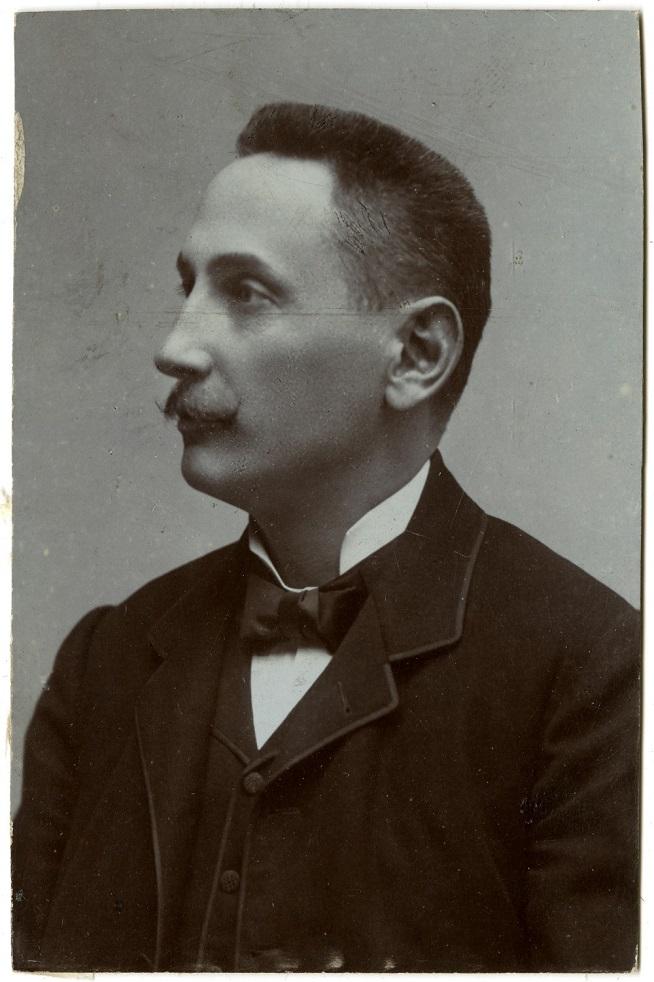
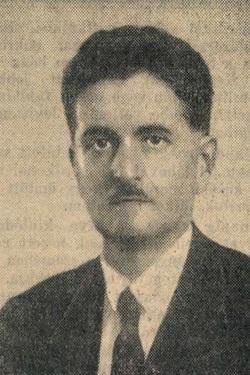
Directors of the old Museum of the Hungarian Parliament: Dr Bálint Hollós (left), Kálmán Palmer (middle) and Gyula Lukács (right).
Source: Hungarian National Museum, Folia Archeologica, Nemzeti Újság
a_regi_orszaggyulesi_muzeum_jobb_hasab
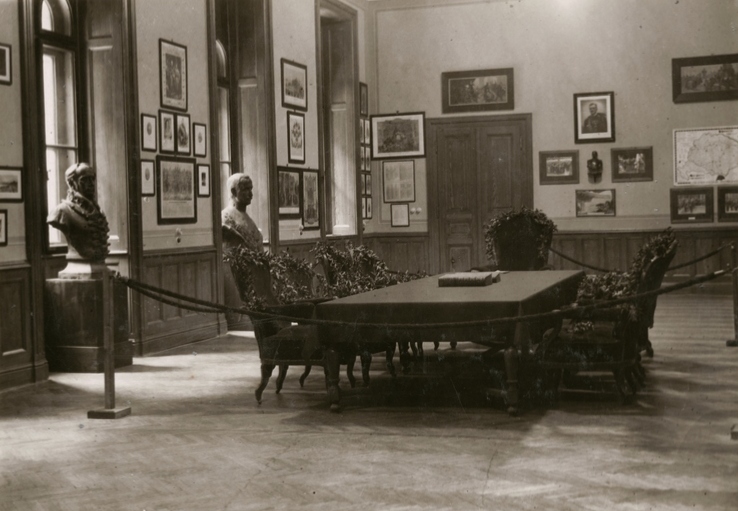
Source: Hungarian National Museum
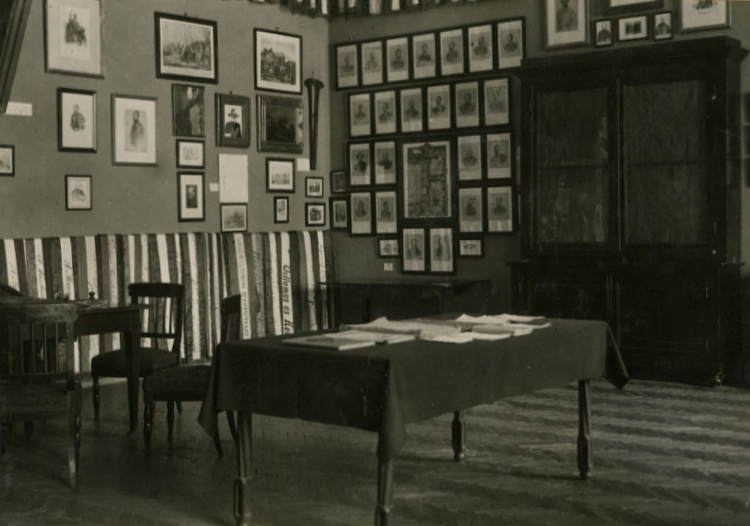
Source: Hungarian National Museum
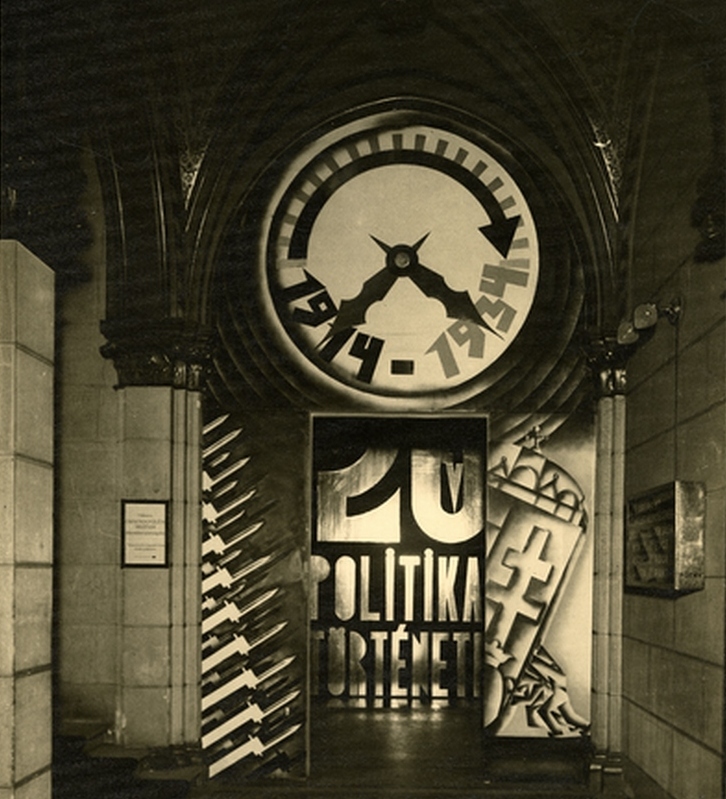
Source: Hungarian National Museum
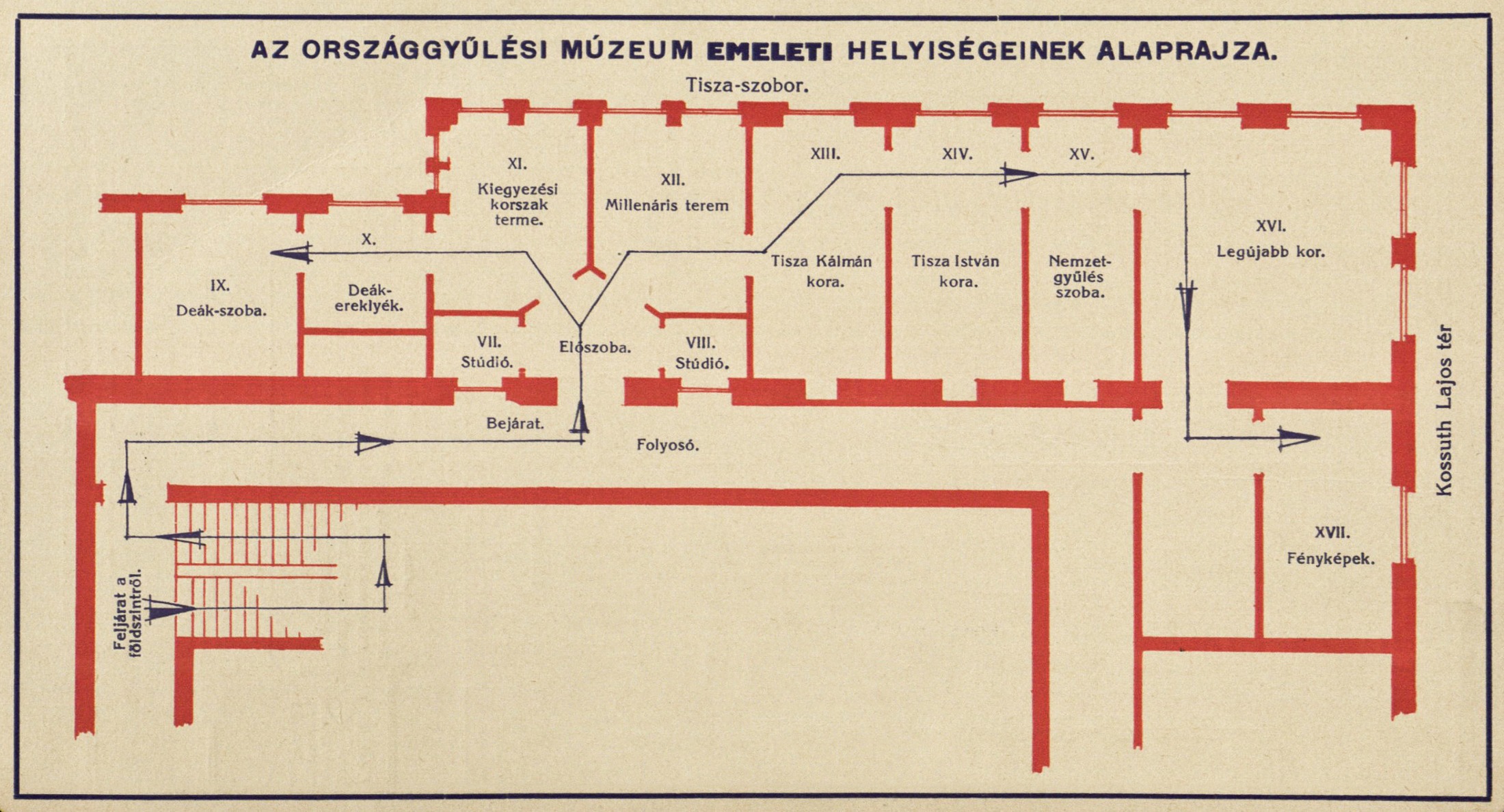
Source: National Archives of Hungary
Source: Hungarian National Museum
|
THE MUSEUM’S DIRECTORS WERE:
1923–1931: Kálmán Palmer, adviser to the president commissioned with the organisational tasks of the museum; he was the first head of the museum 1931–1938: Dr Bálint Hollós 1940–1948: Gyula Lukács January–November 1949: Dr János Magó |

